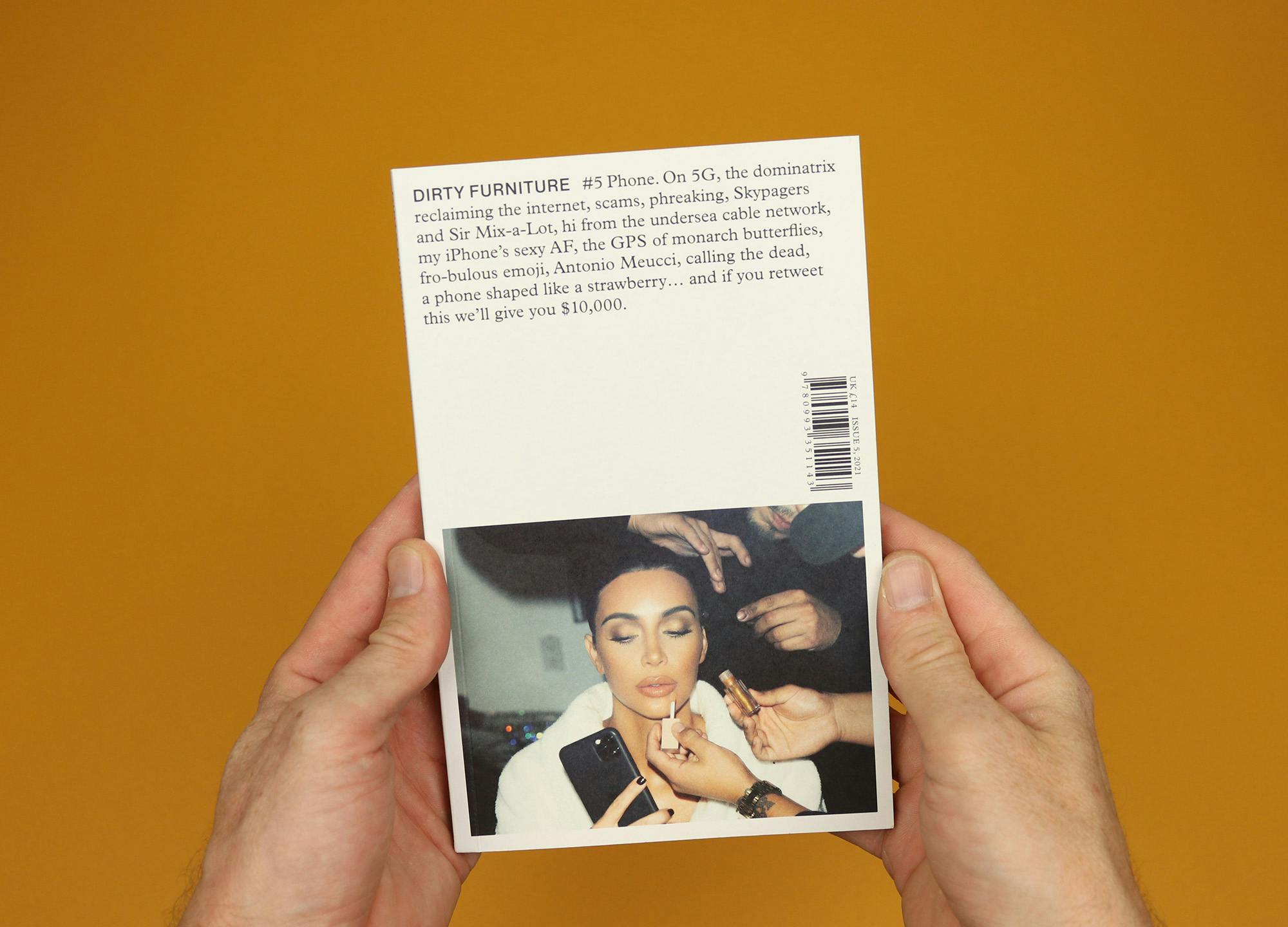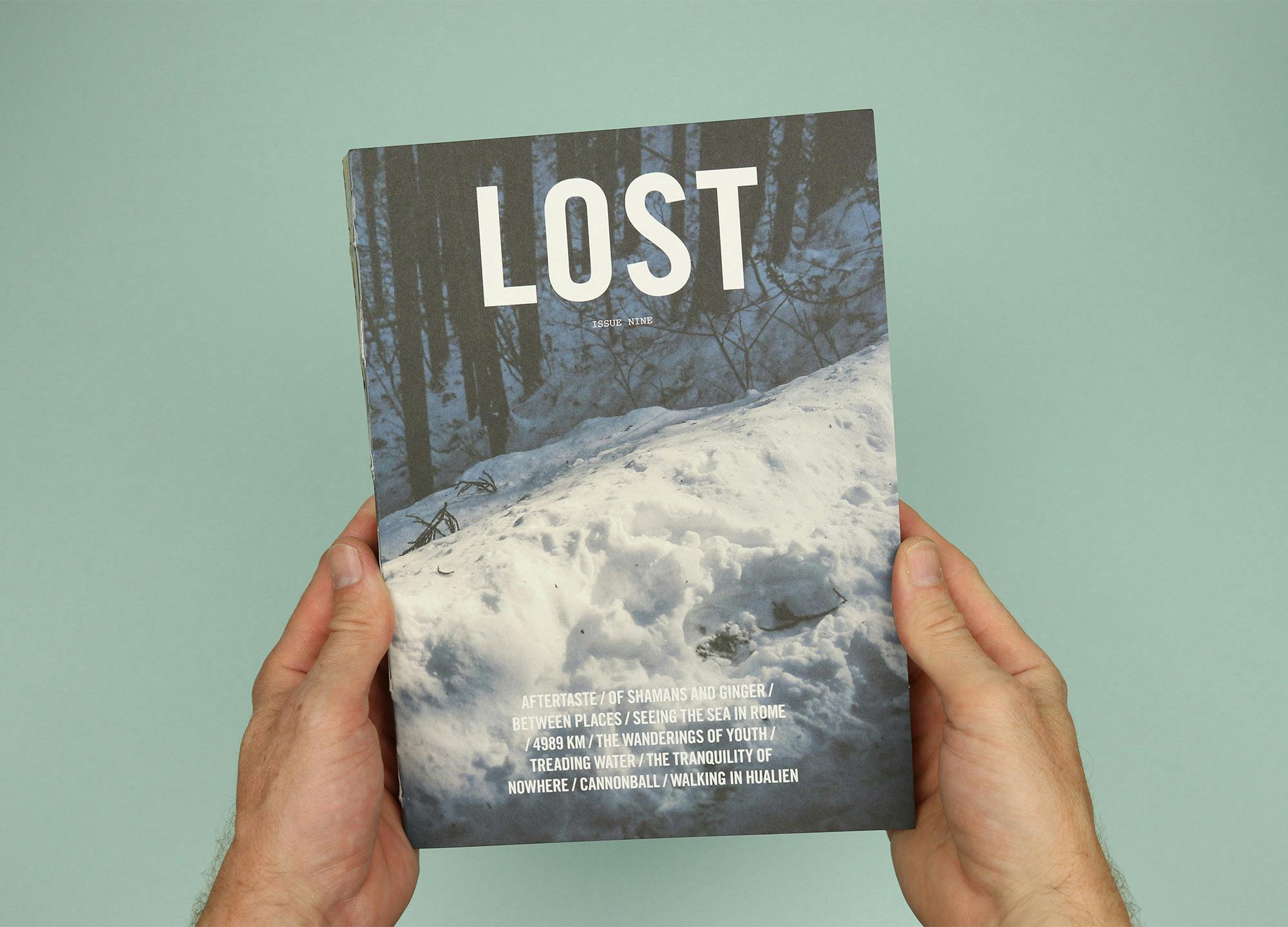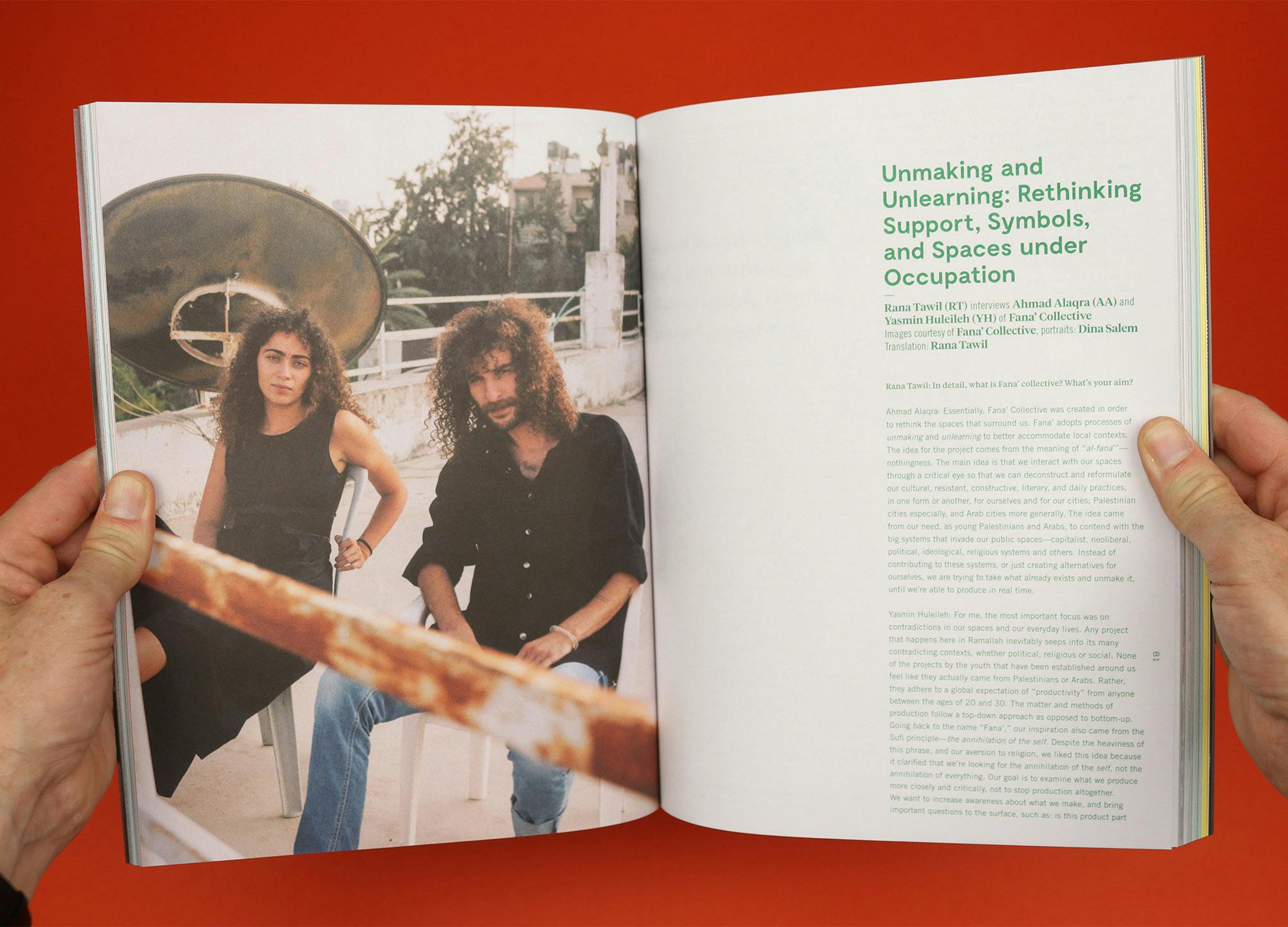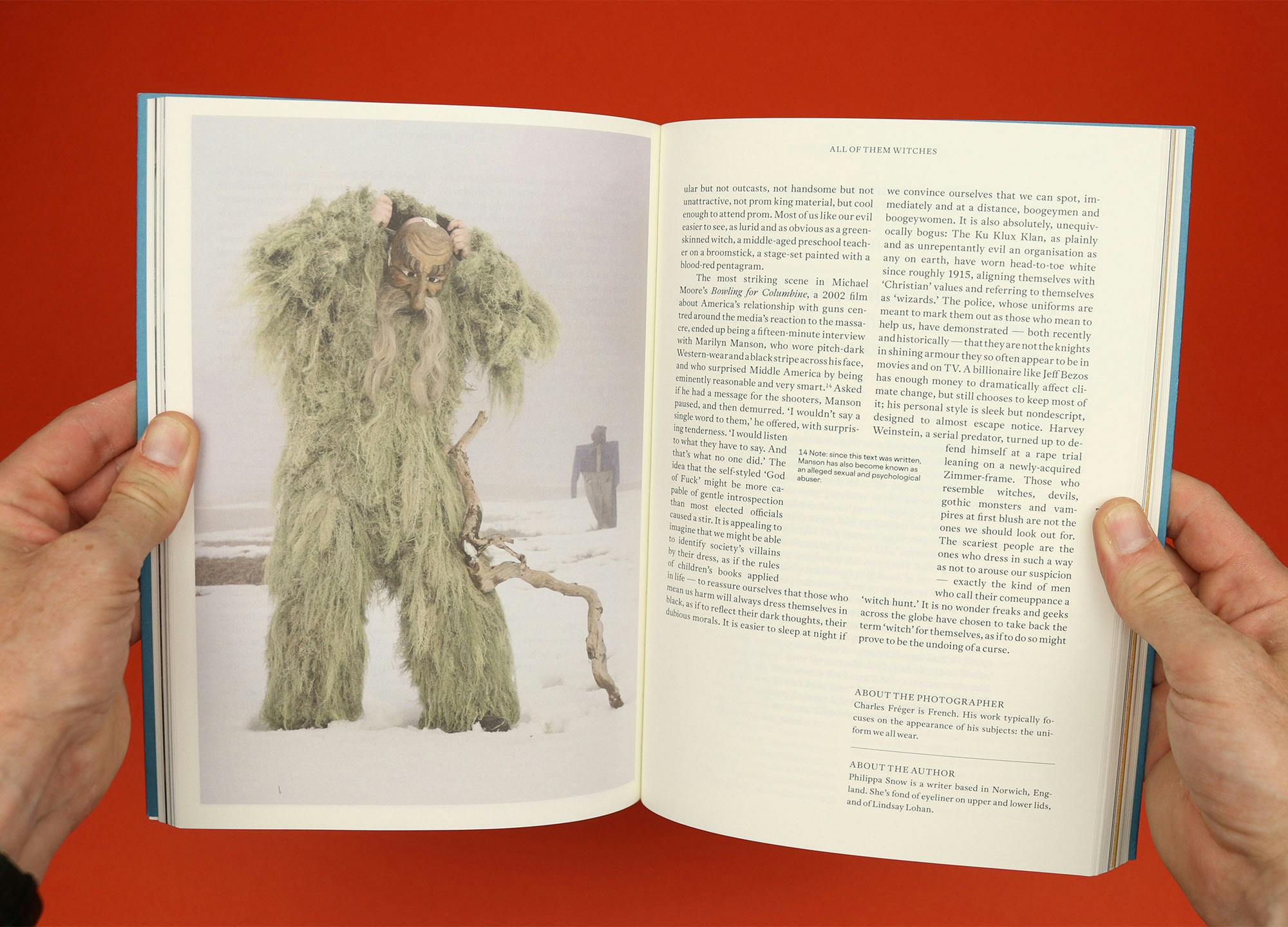10 of the best independent magazines right now
The magazine world is obsessed with newness. I know that I get excited about discovering a fresh print project, and the Stack blog definitely spends more time covering new titles than more established magazines. But to find the really great independent magazines you need to track down the ones that have made it past their first few issues and into a more stable and long-lived existence. So this list is dedicated to the magazines that have been with us for more than just a couple of years, honing their craft over many issues and establishing themselves as some of the best examples of independent publishing in the world.
I hope that some of these magazines will be familiar to you, and that there might be some new recommendations in there too. Remember – even if you’ve come across them before, these are the sort of titles that are worth revisiting to see how they’ve evolved. We’ve delivered most of them to Stack subscribers in the past, and we’re going to be sending a couple of them out over the coming months, so if you want to keep up with all our favourite independent magazines, subscribe to our surprise magazine club and we’ll deliver a different publication to your door every month.
MacGuffin
A new issue of MacGuffin is a reassurance. You’re in safe hands, because whichever under-appreciated object they’ve decided to focus on, you know that editors-in-chief Kirsten Algera and Ernst van der Hoeven are going to use it to spin a fascinating selection of stories, producing a beautiful and affecting magazine. Take, for example, their latest issue, dedicated to ‘The Log’, and Ernst’s editor’s letter, which begins, “I never knew my dad; he died when I was two years old. But I could log into 150 days of his life through the logbook he kept while aboard a codfish trawler, the Kvitfjell, off the west coast of Greenland in the Arctic Ocean from July to December 1961.”
The logbook points to a personal fascination with one type of log, and he goes on to describe how his parents restored, “a so-called knubb hus, a tiny worker’s home made from leftover scraps of wood from the many sawmills along the Glomma river”. This detail is then expanded across a series of three articles complete with fantastic archive photography, telling the stories of the log drivers who worked on the Glomma, floating logs from the north of Norway down to the saw mills in the south. It’s dramatic and captivating, and that’s just for starters – there are also totem poles, woodworm, toothpicks, an Ode to the Log Lady, and lots more log-inspired ramblings in this great magazine.
Eye
“The urge to make static artwork that depicts or creates movement has long been a human preoccupation”, writes Eye editor John L Walters in the introduction to the current issue, before letting rip with a dazzling array of examples across the following 100-odd pages. Eye’s issues aren’t always themed, but they do always range far and wide, the self-proclaimed International Review of Graphic Design demonstrating time and again its ability to cover a whole world of graphic design and present its issues as a coherent and authoritative digest.
In this issue that includes photographer, graphic designer, painter, film-maker and art director Peter Knapp, whose work art directing Elle in the 1960s, “revolutionised the magazine through typography and, above all, photography, pioneering informal and dynamic fashion shoots.” The archive magazine spreads selected for the story demonstrate this sense of movement on the printed page, in contrast to the work selected for Jump Cuts, a round up of motion graphics that doesn’t convey any sense of movement on the printed page, and instead is made to be read with YouTube close at hand.
Dirty Furniture
Launched on Kickstarter in September 2014, Dirty Furniture is interested in what happens, ‘When design leaves the showroom’, exploring the messy, unintended stuff that’s thrown up when people start actually using designed objects. Originally conceived as a biannual publication that would run for three years across six issues, editors Anna Bates and Elizabeth Glickfeld have stuck to the original concept but extended it across a much longer timeframe, with the series finally due to come to a conclusion at the end of this year.
The fifth issue pictured above is dedicated to the telephone, and it would have been a very different magazine if it had been published on its original schedule, some time around 2016. As they note in their introduction, when they started work on this issue in early 2020 the phone was a cause of popular concern, with widespread anxiety about device addiction and the need for ‘digital wellness’. And then the pandemic hit. “Suddenly these maligned objects became our lifelines. While many aspects of life passed through our phones previously, now absolutely everything did. How then could we distil the meaning of the phone into a magazine?” Thoughtful and playful, this fifth issue was one of my favourite magazines of 2021, and I’m expecting issue six to be a fittingly impressive finale to the project.
Delayed Gratification
The magazine that’s proud to say it’s last to breaking news, Delayed Gratification looks back on the world from a careful remove, revisiting events after the dust has settled to present its uniquely considered perspective. The current issue is their 50th, and it covers the period from January to March this year – that means stories on major events like Jair Bolsonaro’s supporters storming the Brazilian government buildings, the earthquakes in Turkey and Syria, and the Chinese surveillance balloon that was shot down off the coast of South Carolina. But you’ll also find stories on the plummeting popularity of Prince Harry and Meghan, Duchess of Sussex, as Harry’s book was released, and every UK and US hit by Burt Bacharach, who passed away in February.
Delayed Gratification has become renowned for its infographics, which crunch enormous amounts of data in order to show the stories within the stories, and indeed the cover of this latest issue is an infographic that visualises the different types of stories they’ve published across the 50 issues so far (scroll right on the gallery above to see a more detailed image with legend and notes). It’s a huge undertaking, the pages packed with rigorously researched information, and it’s great to see this slow news magazine going from strength to strength.
Lost
A beautifully simple magazine, Lost publishes first-person travel tales from around the world. It’s based in Shanghai, and all the stories are printed in both English and Mandarin, the balanced layouts running the two languages alongside lovely photography. Lost started in 2015 and the magazine has hardly changed since that first issue, testament to the simplicity of the concept and the quality of the production. The strapline is ‘Self-Discovery Through Travel’, and as they tell their stories the authors reveal their different motivations for leaving home behind, and their unique impressions of the strange worlds they find. The exposed spine allows the magazine to open completely flat, allowing readers to properly appreciate every spread as they travel from Japan to Croatia to the Malaysian rainforest, creating a peaceful and reflective piece of print.
Safar
Published in Beirut, Safar is a mix of several influences. It’s interested in design, and it tells stories that revolve around design and visual culture as seen from Lebanon and the wider Middle East. But you’d never call this simply a design magazine. It also has a strong interest in protest and social justice, and this current issue, published last year, is its most political and radical so far, featuring stories on the protests for democracy in Hong Kong, the oppression of people in Palestine, and the history of civil rights protest in the US.
But for all the heaviness of these subjects, which it engages with seriously and sincerely, it also retains a sly smile, for example in its dual front covers: the magazine is published in both English and Arabic, with the English running from left to right and the Arabic from right to left, giving it in effect two front covers. This latest issue features Adele Kareh, from Lebanese currency exchange Im el Dollar, photographed surrounded by virtually worthless Lebanese lira to comment on the catastrophic collapse of the country’s currency and banking system. On one cover she is angry and uncompromising, on the other laughing as if at the absurdity of the situation, and there’s a sense that Safar is balancing the same mix of emotions.
Racquet
I’m not really a tennis fan, but I love Racquet. Zooming in on tennis, it manages to tell stories about a whole world of experiences, from the thrill of victory to the agony of defeat, to the sore knees and elbows that come from knocking about on your local court. They have some access to the stars of the sport, but that’s not really the point of Racquet – Andrea Petkovic is an occasional columnist and a previous issue included the story of what happened when the Williams sisters dropped in to sing karaoke, but you’d never expect to see a safe, PR-approved interview with Novak Djokovic on these pages.
Instead they tell unexpected stories of the sport, which this issue includes a profile of diminutive legend and Filipino champion Felicisimo Ampon, followed by a dusty, grubby investigation of where the earth comes from for the world’s clay courts. They luxuriate in art inspired by tennis, like Charlotte Keates’s paintings of tennis courts and clubs, and they even sent photographer Karl Hab up in a helicopter to capture the crisp, secluded lines of tennis courts scattered across the Côte D’Azur.
Zweikommasieben
A magazine of contemporary music and sound art, Zweikommasieben recently published its 27th issue, and it remains just as experimental and energetic as the artists featured on its pages. Zweikommasieben is based in Lucerne, and that helps to frame the picture it paints, with a recurring theme of outsiders coming together and creating an alternative to their quiet, conservative surroundings. For example dancehall queen Lateena Plummer is this issue’s first interviewee, and she talks about how moving from Jamaica to Switzerland gave her greater freedom of expression, as well as rapid notoriety: “Being a dancehall queen in Switzerland means getting a lot of attention because the scene is very small. I’m more or less the only trans person from Jamaica who does dancehall in Switzerland, if not the only one.”
But the most striking feature of this issue is its playful approach to text, which it runs in short sections across the tops of the pages, elongating the editors’ letter and article introductions, and leading readers on disorienting and faintly ridiculous journeys through the stories. As the introduction says (by this point at the top of page 52) “if you’ve read this editorial all the way through, you’ve already made it very far into the magazine, even though, this is only the beginning.”
Apartamento
These days Apartamento is something of a publishing empire, with a huge range of art books, cook books, and merchandise available to buy via the site and in stylish retailers worldwide. But the ‘everyday life interiors magazine’ that started it all is still doing pretty much the same thing it always has, interviewing interesting people in their homes and studios, and giving a sense of what their lives might actually look like. That longevity is testament to the simplicity of the concept – the idea that, of course, it’s much more enticing to see a slightly messy, ‘real’ home, rather than a beautifully pristine show home that has been fastidiously staged and tidied. But that doesn’t quite cover what they do so well, because while there have been plenty of imitators along the way, there’s still nobody that does it quite as well as Apartamento, which is why, 15 years on, this eclectic magazine is still going strong.
Vestoj
Hands down my favourite fashion magazine, Vestoj isn’t interested in the latest trends or runway looks, instead concerning itself with what fashion means more broadly, and what it means when we choose to wear what we wear. The result is fascinating and timeless, which is just as well, because the issue pictured above (issue 10, ‘On Doubt’) has now been superseded by issue 11, ‘On Everyday Life’, but I haven’t been able to lay my hands on that one yet.
Reading from the Vestoj site, “Vestoj ‘On Everyday Life’ is an exploration of routines, rituals and repetitions, the many ingenious ways in which the weak make use of the strong, how ‘common people’ reappropriate and subvert material culture to suit their own interests and rules, and a lyrical and critical exploration of generic, inexpensive and mass produced objects.” I can’t wait to get hold of it, and that’s one of the great things about these independent magazines – no matter how many you have on your shelves, there’s always another issue coming just around the corner.
Join our independent magazine club – subscribe to Stack and we’ll deliver a different magazine to your door every month


























































